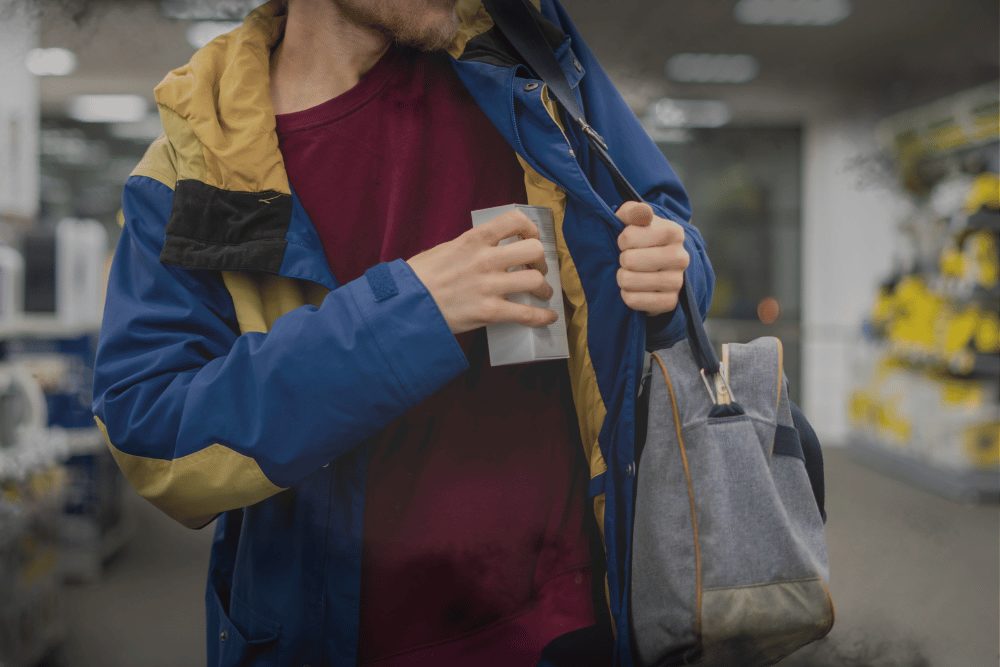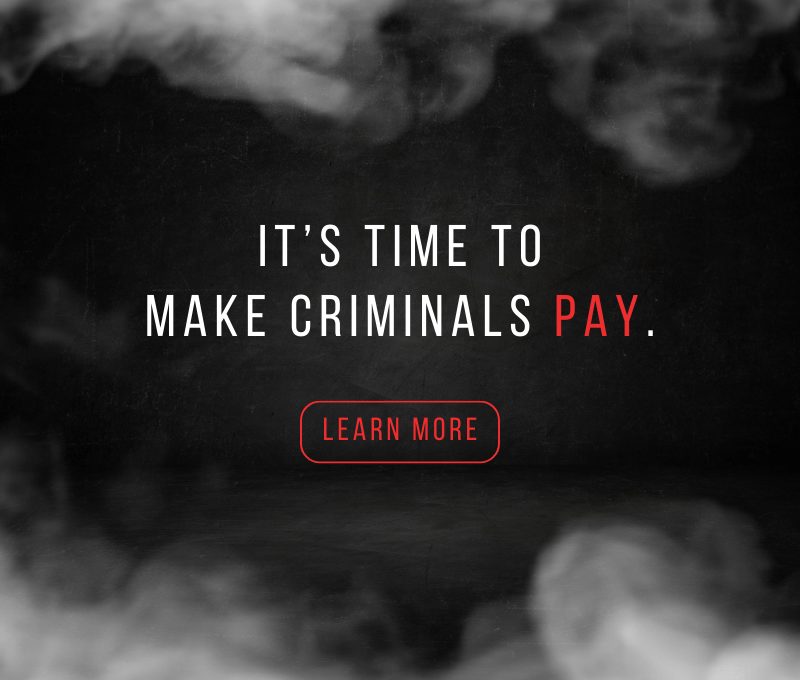The Problem with Shoplifting Policies

The days are long gone when a shoplifter slyly nabbed an item or two from a shelf, putting them back when confronted by an observant cashier. The crime has morphed from a minor inconvenience to a major threat. Retailers are ready to take back what is theirs from increasingly violent and aggressive shoplifters. Doing so requires rethinking the “way they’ve always done things” with shoplifting policies, laws, and repercussions.
Because those shoplifting policies don’t work.
The Multi-Leveled Problem of Current Shoplifting Policies
When we’re talking about shoplifting policies, we don’t mean “customers shouldn’t shoplift.” That’s pretty obvious already. The crux of the issue is the response—what should happen when shoplifting occurs? Who should react to a theft incident? How? When? Can employees confront a shoplifter? Should they report all shoplifting incidents to the police?
The response to shoplifting may be controlled at several levels. An individual store could have rules, while a retail chain might have systemwide shoplifting policies. Then, from a policing standpoint, there are state laws to consider (even federal laws in extreme cases of interstate theft).
Shoplifting policy change isn’t solely in the hands of stores. Instead, retailers need to work alongside lawmakers and policy creators to transform dated laws. The National Retail Federation (NRF) recommends creating new laws or strengthening existing laws to stiffen the penalties for shoplifting, as they haven’t kept pace with the changing world.
Of course, work like that takes time and effort. Current shoplifting laws made sense when the crime was swiping a few items here and there—in other words, petty theft. Now, increasingly sophisticated enterprises steal goods en masse. Organized retail crime (ORC) is the shoplifting category with the highest losses and highest threat of violence.
And it’s not exclusive to major cities. Organized shoplifting rings impact everything from national chains to small local businesses. The media captures the biggest stories, like the spikes in violent theft in Los Angeles, the Bay Area, and Houston (the top three worst cities for ORC according to the NRF). However, the issue is pervasive nationwide.
Shoplifting Losses Are Adding Up
The NRF reports that retailers suffered $112 billion in inventory losses in 2022, up from nearly $94 billion in 2021. The number may climb to more than $140 billion by 2025.
And it’s coming with a surge in violence. A 2022 NRF Retail Security Survey found that 81% of retailers noted increased violence and aggression during crime incidents.
It’s creating all kinds of issues, including safety challenges. Some retailers are deciding that the risk isn’t worth the reward. The result: they’re closing shop in high-risk cities.
You’ll find plenty of news stories about chains like Walgreens and Target closing specific storefronts because of the increased violent crime in those areas. From large groups surging into stores for flash mob thefts to crash-and-grab crimes where thieves use cars to break into stores, violent shoplifting is on the rise.
Store owners come out on the losing side no matter what. Either criminals strike, taking valuable goods and damaging goods in the process, or the store shuts down completely and loses all potential in-person sales from an area.
Something has to change.
Shoplifting Policies at the Store Level
Retail employees aren’t merely greeting customers, ringing up purchases, and shelving merchandise. Instead, today’s retail workers may face terror-inducing tactics of aggression, intimidation, and even violence. Fewer and fewer people are willing to accept these types of jobs, especially at low wages. Store owners are rightfully concerned.
Further, workers’ compensation laws require employers to provide a safe working environment for their employees. Most workers’ comp plans prioritize risk management. Shoplifters may react aggressively when confronted. And few employees are trained (or should be) to detain shoplifters due to the legal liabilities.
Preventing employees from confronting shoplifters can be seen as a proactive measure to comply with these legal requirements and minimize the likelihood of workplace injuries. Your insurance premiums are influenced by factors such as safety records and the frequency of claims.
As a result, more and more workers and employers alike feel like they’re stuck between a rock and a hard place and incapable of action. Someone or something is always at risk.
The Result of Lax Shoplifting Policies
There’s a nasty domino effect from this combination of risk management strategies, outdated laws, and the recent surge in smash-and-grab thefts.
The most unfortunate consequence is that shoplifting is only becoming more common and more severe. Thieves don’t even need to hide their crimes anymore. If they know that a cashier can’t pursue them, why run or hide?
Store owners recognize this issue, but it’s been difficult to combat. However, retailers are putting their money where their concerns are. An NRF survey revealed that 48% of retailers are allocating funds for additional loss-prevention technology and security equipment.
And where should they begin to bolster their proactive security efforts? There’s nothing more timely than the soon-to-be-launched FlashBang solution from Deep Sentinel, a whole new level of deterrence before and during a theft.
Brazen Shoplifters Require Brazen Shoplifting Prevention
FlashBang employs pepper spray, smoke bombs, strobe lights, and high-decibel sirens to stop thieves in their tracks. It integrates directly with Deep Sentinel’s award-winning security camera monitoring service, enabling powerful crime deterrence at critical moments.
- A single Deep Sentinel guard can deploy standard FlashBang devices—the strobe light and ultra-sound siren—as part of their typical intervention protocol. Soul-piercing 130-dB sirens at high frequencies alongside bright, rapidly strobing lights disorient intruders, prompting them to leave immediately.
- Pepper spray and smoke bombs require a two-step deployment process, with a manager providing approval within seconds. The blast of pepper spray causes immense pain that lasts even after intruders flee the scene. Smoke bombs impair and disorient criminals with nontoxic smoke that reduces visibility.
- In the meantime, Deep Sentinel’s guards contact local law enforcement with a verified crime in progress. The police take these calls seriously because a live guard verifies real-time crime details.
FlashBang is finally empowering businesses to subdue and impair criminals. Until shoplifting policies and laws can get the updates they need to match modern crimes, business owners finally have a way to stand up to crime. Stop playing the victim and take your store’s fate into your own hands with FlashBang from Deep Sentinel.
When Criminals Get Nasty, Get Revenge.
With criminals becoming more violent, the response needs to become more aggressive. FlashBang subdues even the most determined intruders with smoke bombs, pepper spray, strobes, and sirens. Visit deepsentinel.com/flashbang or call 833.983.6006 for more information.



